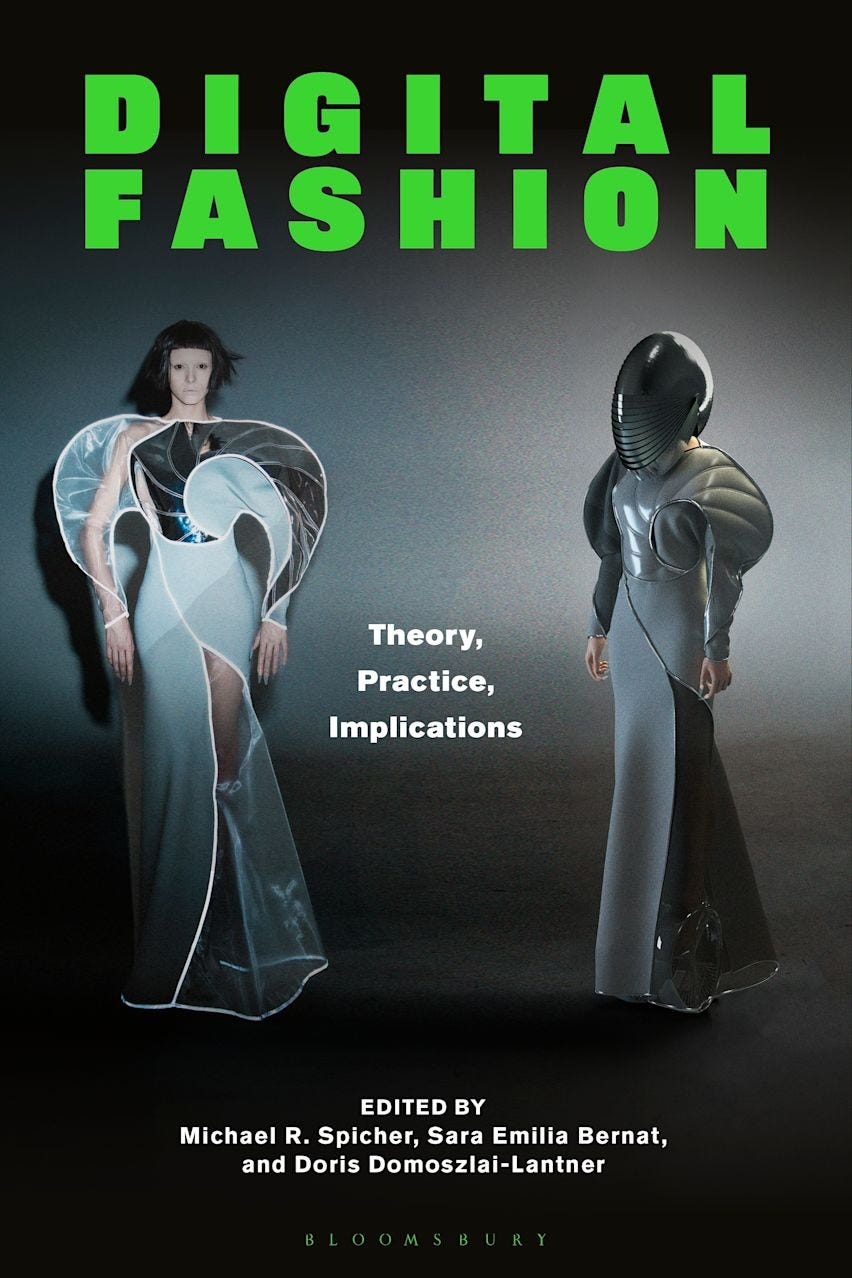Someone once asked me what I think it means to be a leader. To be honest, I’m not sure what answer I gave then—but it probably isn’t the one I’d give now.
Let’s begin in the political realm.
What kind of training should someone receive to become a country’s political leader? If you asked a group of people, you’d probably hear answers like law, business, history, or political science. While president of Czechoslovakia, Václav Havel made a surprising claim in his book Summer Meditations (1992), pointing to something else entirely.
“One surprising experience from ‘high politics’ is this: I have discovered that good taste is more useful here than a post-graduate degree in political science.”
Havel wasn’t disparaging political science degrees. He was highlighting that certain qualities—essential for leadership—can’t be taught by books or formal training alone. And even what is taught formally needs to be honed through discipline and practice. He goes on to describe how good taste helps a leader: knowing when to speak and when to stay quiet, how to deliver criticism politely, and how to foster the kind of atmosphere where complex negotiations become possible.
These are matters of decorum and respect. Yet we often believe only the shrewd and calculating rise to leadership. Cynicism tells us that good people can’t thrive in power. Havel challenges this idea:
“It is not true that a person of principle does not belong in politics; it is enough for his principles to be leavened with patience, deliberation, a sense of proportion, and an understanding of others. It is not true that only the unfeeling cynic, the vain, the brash, and the vulgar can succeed in politics... in the end, decorum and good taste will always count for more.”
Taking Havel seriously, I’ve been exploring how principles of aesthetics and taste apply to leadership in business as well. I’m developing workshops and talks that help leaders bring aesthetic sensibilities into their leadership style—not just to refine how they look, but to deepen how they lead.
Three Aesthetic Capacities Leaders Should Develop
When we talk about aesthetics in business, many people still think only of branding or design. But aesthetics goes deeper—it shapes how we lead, how we make decisions, and how we create meaning.
Here are three capacities rooted in aesthetics that every thoughtful leader can (and should) develop:
1. Perceptual Sensitivity
Noticing more.
This is the ability to perceive subtle details—how a space feels, how a product’s material texture communicates value, or how a team’s energy shifts after a change. Leaders with high perceptual sensitivity don’t just hear what’s said; they notice the tone, the rhythm, the silence in between.
They pick up on inconsistencies others miss. They sense when something is “off” before the data proves it.
Perceptual sensitivity is the gateway to more thoughtful leadership—it starts with paying better attention.
2. Aesthetic Discernment
Judging with taste.
This is more than opinion or preference. Aesthetic discernment is about making informed, reflective judgments—knowing when something is cohesive or chaotic, elegant or overdone. It’s about understanding the difference between what is merely trendy and what is truly fitting.
Leaders with aesthetic discernment know how to say, “This looks good, but it doesn’t feel like us.”
It’s a form of intelligence that keeps companies aligned with their values—not just their metrics.
3. Cultivation of Taste
Developing a refined sense of what fits and what resonates.
Taste isn’t something you’re born with—it’s shaped over time. Leaders who cultivate taste seek out meaningful experiences: art, architecture, literature, design, nature. Not to become critics, but to sharpen their sense of what expresses their company’s character and values.
Taste helps you recognize what aligns and what distracts, what elevates and what dilutes. It becomes a kind of internal compass—a guide for making decisions that feel true.
Cultivated taste helps leaders create with intention, not by accident.
Conclusion
These aesthetic capacities—sensitivity, discernment, and taste—aren’t luxuries. They shape how leaders build trust, make decisions, and create environments that resonate on a deeper level. A leader who sees better (sensitivity), judges wisely (discernment), and acts with taste (cultivation)—not just for beauty’s sake, but for clarity, trust, and meaning—leads with a kind of presence that others feel immediately. In a world of noise and sameness, this kind of leadership stands apart. If you’d like to bring these ideas into your company or team, I offer consulting, workshops, and talks to help make them real.
*If you want to re-humanize your business, I can help! Let’s chat about collaborating: michaelrspicher@gmail.com
Relevant ARL Articles
Concerning Organizational Aesthetics
ARL News
I’m biking 100 miles total throughout the month of June to help raise money for the American Heart Association. As someone with a heart condition, this has personal motivation for me. If you are able to donate, here’s the link.
I spoke with Emil Drud on Creative Odyssey about aesthetics, well-being, and business. Here’s a link to listen.
My latest article for BeautyMatter asks whether there are different stages of beauty throughout our lives.
Digital Fashion: Theory, Practice, Implications, edited by Michael R. Spicher, Sara Emilia Bernat, and Doris Domoszlai-Lantner, is available for purchase! (Our book was recently featured in a BeautyMatter article.)





